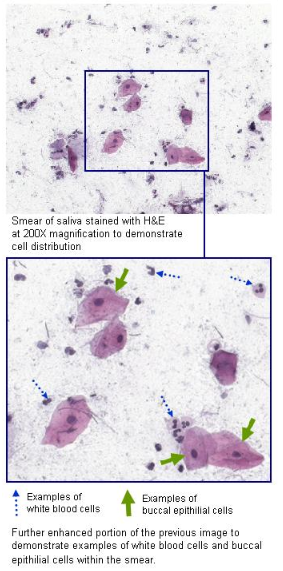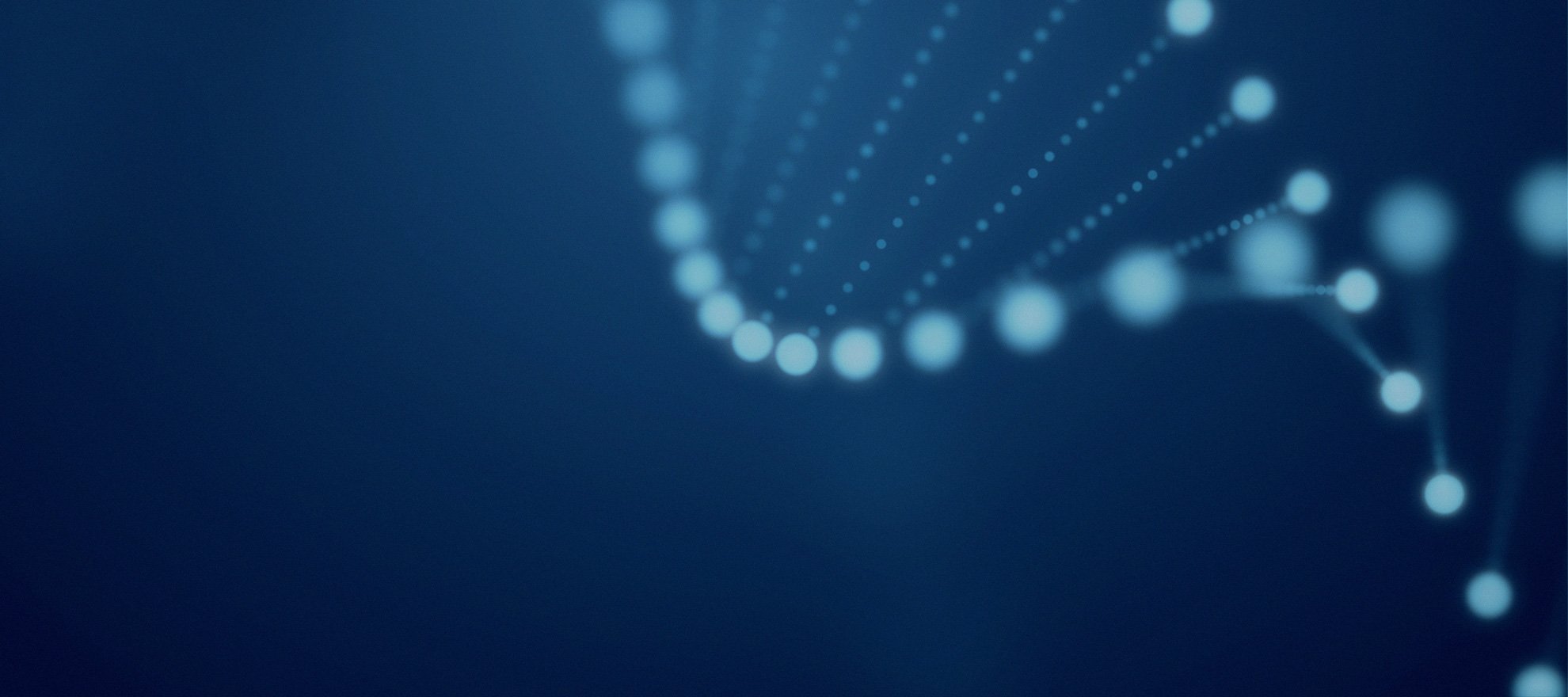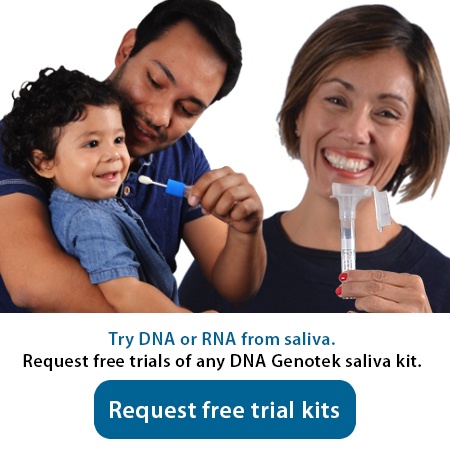2010-03-31
Saliva is one of the most accessible of our body's bio-fluids making saliva sample collection easy and non-invasive. Saliva also harbours a wide spectrum of genetic data that can be used for genetic research and clinical diagnostic applications. It might surprise you to know that much confusion surrounds the source of genomic DNA in saliva. It certainly came as a surprise to me when I met with a number of customers on a recent trip across the continent.
In recent years, we've seen a marked increase in the desire to understand the genetic basis of disease as a means to improve patient diagnosis and treatment. While the range of research spans the spectrum of known diseases, all genetic research projects share one vital building block in that they require DNA as a starting point. Traditionally, DNA has been extracted from white blood cells extracted from whole blood. White blood cells are an excellent source of large amounts of high quality genomic DNA. However, because of the invasiveness and cost of obtaining, transporting and processing blood samples, researchers and clinicians have long searched for alternative methods. Over the past few years, saliva has become recognized as a very important and reliable alternative to blood samples for genetic research, clinical diagnostics, personalized medicine and more. What exactly is it that makes saliva such a good alternative to blood for genetic applications? It all comes down to the source of DNA in saliva.
 Surprisingly, many people I spoke with assumed the source of DNA in saliva is strictly buccal epithelial cells, however, studies show that up to 74%(1) of the DNA in saliva comes from white blood cells. Yielding virtually the same amount of DNA per volume and the same DNA quality, saliva can be considered as good and as reliable a source of DNA for a wide variety of genetic applications. One thing to note however is that not all oral samples are equal. vasiveness and cost of obtaining, transporting and processing blood samples, researchers and clinicians have long searched for alternative methods. Over the past few years, saliva has become recognized as a very important and reliable alternative to blood samples for genetic research, clinical diagnostics, personalized medicine and more. What exactly is it that makes saliva such a good alternative to blood for genetic applications? It all comes down to the source of DNA in saliva.
Surprisingly, many people I spoke with assumed the source of DNA in saliva is strictly buccal epithelial cells, however, studies show that up to 74%(1) of the DNA in saliva comes from white blood cells. Yielding virtually the same amount of DNA per volume and the same DNA quality, saliva can be considered as good and as reliable a source of DNA for a wide variety of genetic applications. One thing to note however is that not all oral samples are equal. vasiveness and cost of obtaining, transporting and processing blood samples, researchers and clinicians have long searched for alternative methods. Over the past few years, saliva has become recognized as a very important and reliable alternative to blood samples for genetic research, clinical diagnostics, personalized medicine and more. What exactly is it that makes saliva such a good alternative to blood for genetic applications? It all comes down to the source of DNA in saliva.
Oral sample collection methods
There are three methods for collecting oral DNA samples - dry, wet and non-invasive procedures.
Dry procedures require the donor to insert a cytobrush, buccal swabs or other collection device into the mouth where tissue is scraped from the gum and cheek surfaces. These methods collect primarily buccal cells that are lower quality and are potentially contaminated with bacteria from the teeth and other surfaces.
Wet procedures include swishing liquids in the mouth and spitting them into a collecting vessel. Mouthwash, which can contain a high percentage of alcohol content, is typically used for this procedure. The protocol, which can request the donor to swish for up to one minute, can burn and be uncomfortable for the donor. Mouthwash is also designed to remove bacteria from teeth and other mouth surfaces which results in a high amount of bacterial content being released into the sample.
Both the dry and wet methods described above do not prevent bacteria from growing in the sample and do not actively stabilize DNA. These methods also involve the insertion of an object or substance into the mouth. While it is arguably less invasive than venipuncture, it does not quite meet the definition of ‘non-invasive'.
Did you know? To collect the equivalent amount of human genomic DNA found in 1 Oragene⋅DNA sample you would need to collect: 282 buccal swabs or 3 mouthwash samples
Completely non-invasive collection using Oragene® is a simple, painless procedure that requires the donor to spit into a collection device. After providing a sample and closing the device, a solution is released from the cap to mix with the saliva. This solution stabilizes the DNA for long-term storage at room temperature and prevents bacterial contamination. There is no requirement to insert an object or substance into the mouth - the user simply holds the tube and spits into it. In my opinion, that's the true definition of non-invasive DNA collection. As we like to say at DNA Genotek, "Just Spit, That's It!"
The high quality and high quantity of DNA collected with Oragene provides an excellent option for applications ranging from the largest molecular epidemiologic studies in remote locations, to bio-banking or HLA typing and even a single personalized medicine test.
Interested in trying Oragene® for your own genetic research. Click below to request evaluation kits.
References:
(1) Thiede, C. et al. Buccal swabs but not mouthwash samples can be used to obtain pretransplant DNA fingerprints from recipients of allogeneic bone marrow transplant. (2000). Bone Marrow Transplantation. 25(5): 575-577.)


